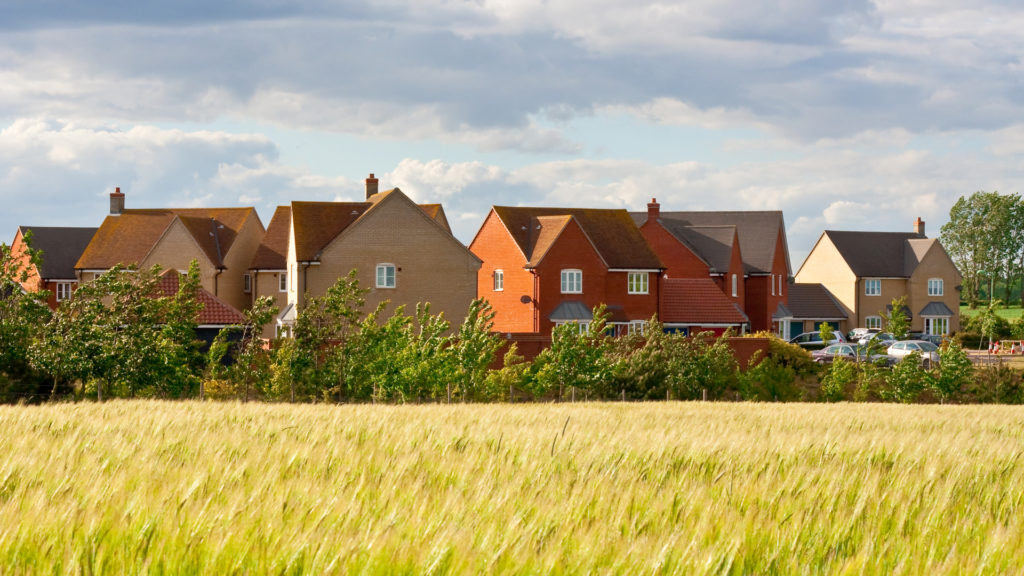Eligibility And Process Of Rural Home Loans

Purchasing your new home is one great achievement. Not having to pay monthly rent can be so relieving. It is almost impossible to purchase your home with your own income because houses are expensive. The USDA or the rural home loans are zero down payment loans given to rural and suburban homebuyers. They help low-income earners or rather the poor borrowers who cannot access a traditional mortgage. Traditional mortgages tend to limit low-income borrowers because of high-interest rates and collateral. If you are in this bracket and you want to buy your own home, you are lucky because there are several mortgage assistance programs for you. The rural home loans program has managed to help struggling families to buy and even upgrade their homes. The advantage of the rural home loans is that they offer very low-interest rates and there are no down payments. It is cheaper for people in rural areas to repay the mortgage as compared to the traditional mortgage. Read on to learn more about rural home loans.
For you to qualify for a USDA loan the home you intend to buy needs to be in a rural or suburban area. This is because the loan is meant to finance homes in these areas and not in urban areas. To determine whether the house you plan to buy is eligible, you need to visit the USDA’s eligibility site. As long as you know the address of the home you plan to buy, you will be able to determine whether you are eligible for the loan. Understand that home you purchase using the loan needs to be your main residence. The good thing about this loan is that the definition of rural is quite broad. As long as your home ranges from small towns to suburbs of metropolitan areas, you may qualify for the loan.
For you to qualify for the rural home loans, you need to be a U.S citizen. If you are not a U.S citizen, don’t even waste time applying for the loan.
The rural home loans are meant for families or individuals who show economic need. This means that you have to demonstrate you are financially strained. For this reason, your gross income shouldn’t exceed 115% of the median income in that area. You can even check whether your income is eligible on the same site you check for property eligibility. For you to also qualify as a potential borrower, you need to show that you can manage to repay the mortgage without fail. This means that you should at least have a stable income. Understand that the mortgage lender will check your debt to income ratio when you apply for the USDA loan. To be on the safe side, your debt to income ratio should be lower than 50%. If you don’t know how to calculate this ratio, just divide your monthly recurring debts by your gross monthly income.
For you to qualify for the rural home loans, you also need to demonstrate your creditworthiness. Your credit history should show that you repay your loans within the stipulated time. If you have a poor credit history, you might not qualify for the loan. No lender wants to incur risks of defaulted payments. That is why they check your credit history. Just ensure you have a good credit score. Also, there are no minimum credit requirements for the rural home loan. Ensure that you have a credit score of 580 or more to increase your chances of getting the loan. If your score is below 640, note that you may still qualify. However, you will be subjected to more stringent guidelines.
Once you determine that you need rural home loans, the first step to take is to find a USDA approved lender. There are several lenders that offer the rural home loan, but some will have limited slots. It is good to work with a lender that mainly specializes in rural home programs. When you identify the lender you will work with, proceed with prequalification. This step involves knowing whether you are eligible for the loan and also enables you to estimate how much you can afford. The lender will ask you about your income, assets and your total monthly debts to determine whether you are a good candidate.
After the pre-qualification, the lender will go deeper, and not depend on mere estimates like before. The lender verifies the information you gave about your finances. You will be required to have important documents such as bank statements, tax returns, and social security award letter. After reviewing your finances, which includes calculating your debt to income ratio, the lender will tell you how much you can borrow. After the pre-approval process, you can proceed to find your USDA approved home from the real estate agents.
The process of securing rural home loans is not so complicated. Use the information above to understand how the whole process goes. Ensure you have met all requirements.
